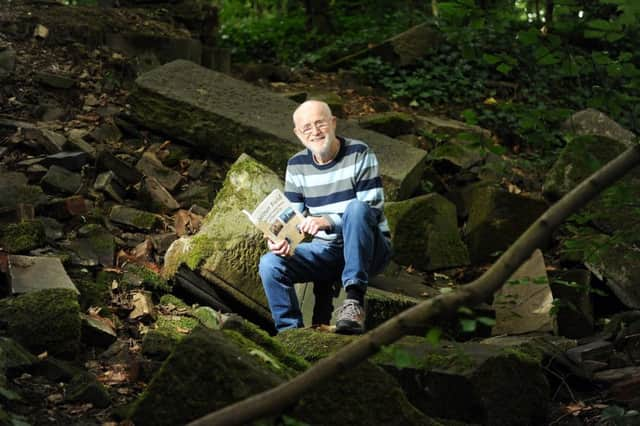Open Day at vast country house lost to the land


Down the valley, the model village of Saltaire is the living legacy to the Victorian wool baron and philanthropist, Sir Titus Salt. He built rows of little terraces there for the workers who ran the machines at his mill.
The house built for his son at nearby Gilstead was somewhat grander. With nine bedrooms in the west wing alone, an octagonal kitchen like the one at Glastonbury Abbey, a billiard room decorated with medieval court scenes, plus a croquet lawn and a 81ft domed conservatory that made Kew Gardens look like a potting shed, the neo-Gothic Milner Field was as much a grand statement as a place to live.
Advertisement
Hide AdAdvertisement
Hide AdTitus Salt Jr built it in 1873, on land transferred to him by his father, and installed in it his new wife, Catherine, daughter of one of the three brothers who ran the Crossley carpet empire at Halifax’s Dean Clough Mills.


“It was a coming together of the two great manufacturing dynasties of the age,” said Les Brook, a local historian who will next month take visitors on a tour of what remains of the former marital home.
Within a few years of its completion, the Prince of Wales – the future Edward VII – was visiting. Five years after that, Princess Beatrice, youngest of Queen Victoria’s five daughters, followed.
But Milner Field was to be a harbinger of the decline that followed the enterprise of the Victorian era. Titus Jr dropped dead in the billiard room before the century was out, the Salts company was wound up and the building sold.
No-one lived there after 1930.
Advertisement
Hide AdAdvertisement
Hide Ad“There’s nothing left of it. Moss-covered stones, and you can just see fragments of the mosaic pavement that was the conservatory floor,” Mr Brook said.
“But in its day, it must have been spectacular. There are fantastic views of Saltaire below.
“The amazing thing is that it was occupied for only 60 years.”
Its last recorded use was for grenade practice by the Home Guard during the Second World War, by which time the roof was crumbling.
Advertisement
Hide AdAdvertisement
Hide AdNo-one remembers how it met its end, but it happened around 1957, a consequence of the crippling post-war inheritance taxes that made it more expedient for the owners of what were by then considered unfashionably and antisocially large houses to knock them down rather than restore them.
“Other than people living very locally to where it stood, not many people know it was ever there,” Mr Brook said.
However, the model farm that Titus Jr built in the grounds remains a working unit today, and its operators will open its gates during a weekend of Heritage Open Days, overseen by the National Trust, on September 8 and 9.
Among the tour guides will be Nick Salt, the great grandson of Titus Jr and Catherine, who lives in Wales.